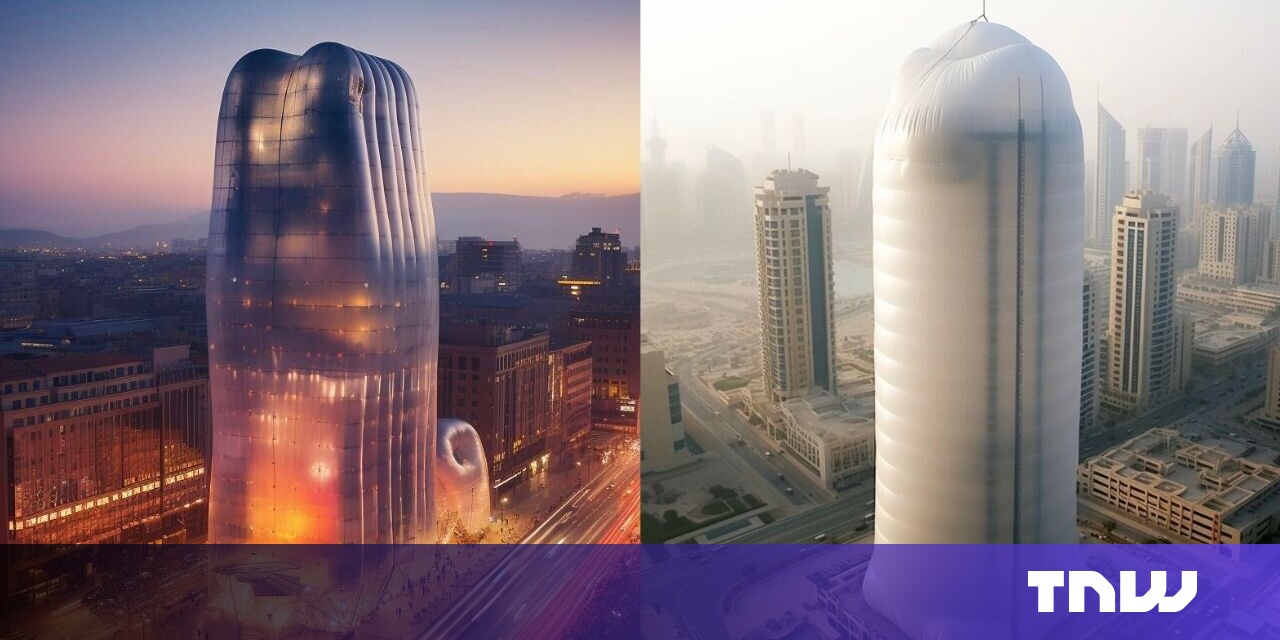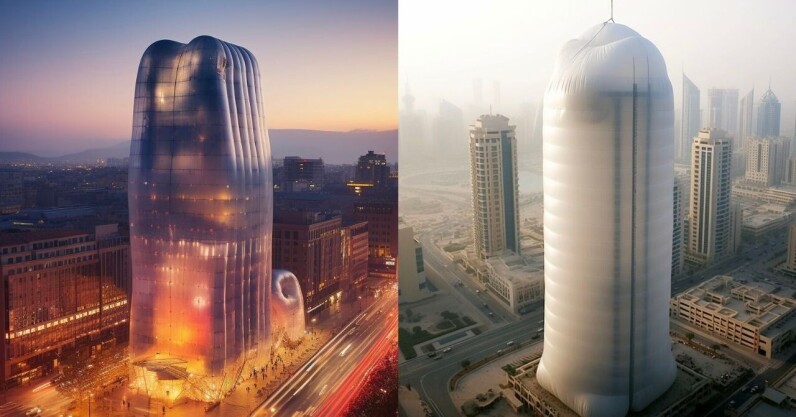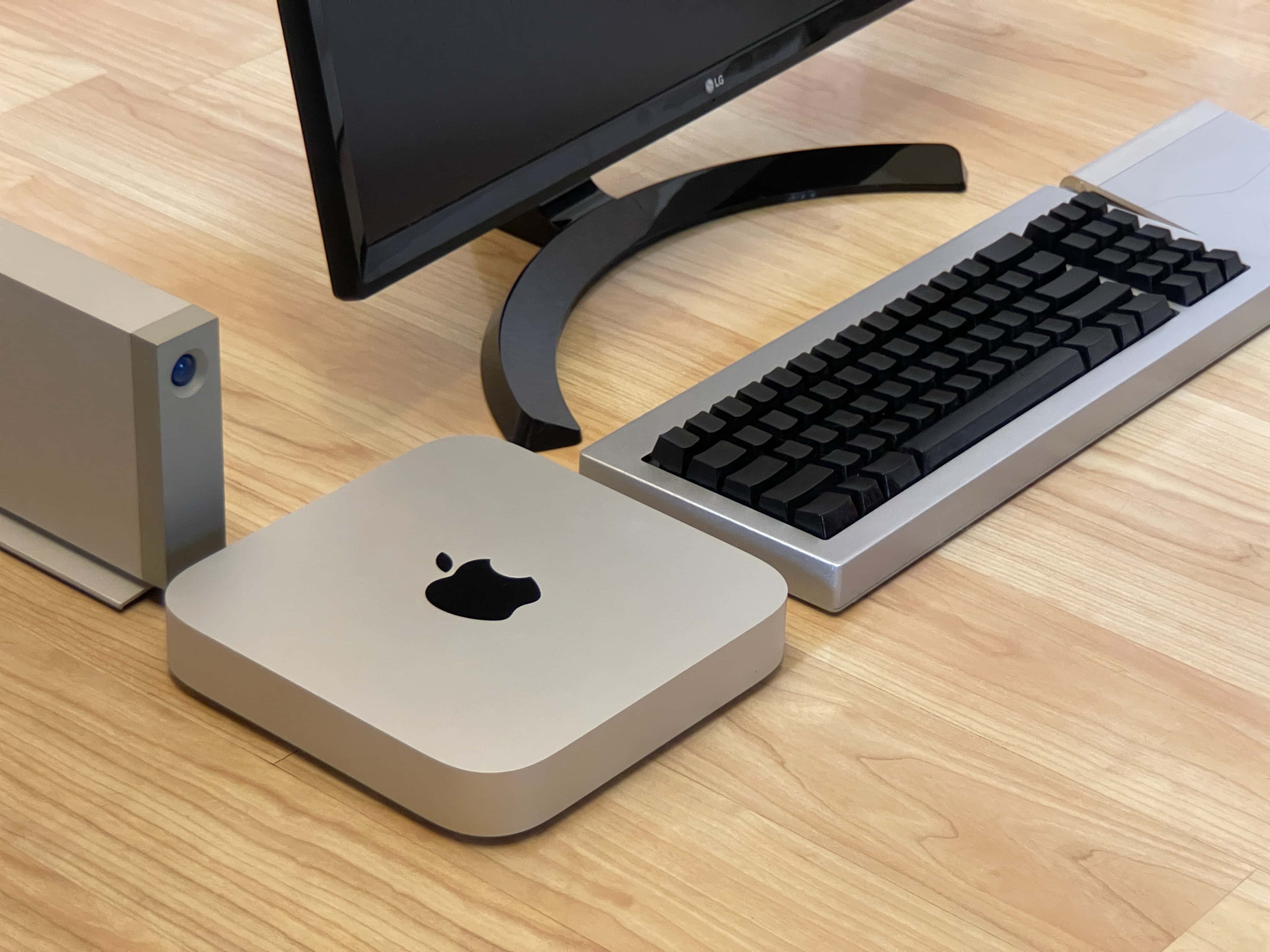
Designers have given a glimpse into the future of urban architecture: AI-generated inflatable skyscrapers.
The buildings are the brainchild of Zumo, a Barcelona-based architectural practice. Founded in 2020 by Andre Sashko and Alessandro Lussignoli, the firm blends classical knowledge and contemporary tech to visualise new construction forms.
Their latest project adds Midjourney to the art of architecture. Zumo used the text-to-image model to visualise the wobbly edifices in urban settings.
First published by Design Boom, the images depict the superstructures towering over future cities. To my unsullied eyes, they resemble illuminated balloons soaring into the skyline. But my cruder colleagues compared them to giant condoms.
You can draw your own analogies after scrolling through the gallery below:
Inevitably, there’s a sustainability component to the project. As inflatables, the buildings can be pumped up to lofty heights, flattened for transportation, and reconstructed in locations where they’re needed. Just make sure to dispose all sharps before entry.
Powered by renewable energy, they also have a reduced environmental footprint — which could be useful if they were real. One day, perhaps they will be.
AI takes on architecture
Zumo’s buildings may be fake, but AI already has a role in designing real buildings. Zaha Hadid Architects, for instance, recently revealed that it uses text-to-image generators to produce ideas for “most” of its projects.
Although popular, the practice is proving divisive. Supporters argue that AI can provide fresh inspiration, engage clients with the design process, and replace menial tasks. But critics say the systems are biased towards certain architectural and visual styles.
There is also a broader concern about the threat to human designers. In January, three artists turned the issue into a class action lawsuit. The plaintiffs allege that Stability AI, DeviantArt, and Midjourney have violated the rights of “millions of artists” by remixing their copyrighted works.
These companies, the case argues, train their tools on pictures scraped from the web without the consent of creators. It’s hardly a contentious claim — Midjourney’s founder has admitted to the practice.
Inspired by the original artworks, the systems now pump out endless AI-generated images — at a profit. Arguably, they’re stealing both past and future work from artists. But if they can deliver a glorious future of living in condoms, perhaps it’s justifiable.







